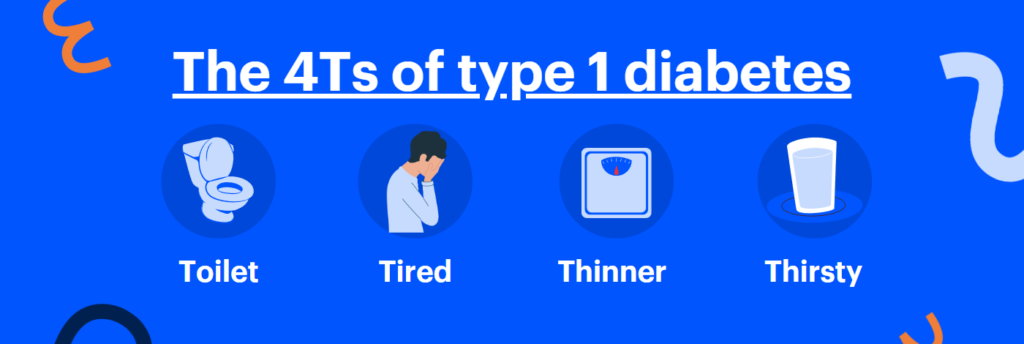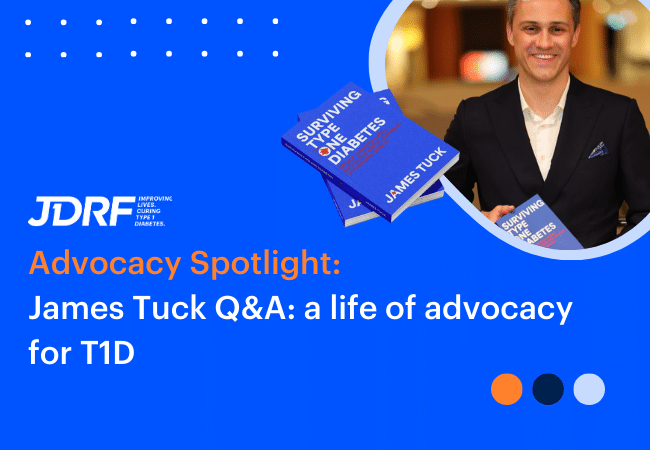Know the early warning signs: the 4Ts of type 1 diabetes

Every day, eight Australians are diagnosed with type 1 diabetes (T1D), a life-long autoimmune condition that causes the body to stop producing insulin. It can be diagnosed at any age, from babies through to people even in their 80s and 90s.
It’s vital that individuals, parents and carers are aware of the early signs and symptoms of T1D to ensure treatment is started before experiencing serious health complications.
However, the symptoms of T1D are often easy to dismiss or frequently mistaken for another health issue leading to a delay in diagnosis. We’ve broken down some key early signs to be aware of.
The 4Ts of T1D
The signs of T1D may come on very quickly (especially in children), or can take a while to build up. Here are the ‘4Ts’ to be mindful of.
- Thirst: Being extremely thirsty and not being able to quench thirst, no matter how much water you drink.
- Tiredness: Feeling more tired than normal.
- Toilet: Going to the bathroom more frequently, or bedwetting in a child who is usually dry.
- Thinner: Weight loss and looking thinner than normal.
Other symptoms to be aware of include:
- fruity-smelling breath
- blurred vision
- increased appetite
- nausea and vomiting
- slow healing wounds and cuts.
What to do if you notice the 4Ts of T1D
If you notice you or a loved one experiencing the 4Ts or other related symptoms, it’s important to visit your GP. Delays in diagnosis can lead to serious health complications and a condition called diabetic ketoacidosis (DKA).
A doctor can do a urine test to check for glucose and ketones, or use a blood glucose and ketone meter to check levels with a finger prick. The results will usually be confirmed with a quick and easy blood glucose test. A blood test will also tell if it’s type 1 or type 2 diabetes.
If you’re a parent of a child or teenager who is showing signs of T1D, don’t delay in getting medical attention. If they have shown T1D symptoms and are unusually drowsy or unconscious, go directly to an emergency room and ask for a blood test.
Read more
For more information on T1D, including personal stories from the community, research updates, and fun ways you can get involved to support those impacted by the condition, sign up to our monthly newsletter.



